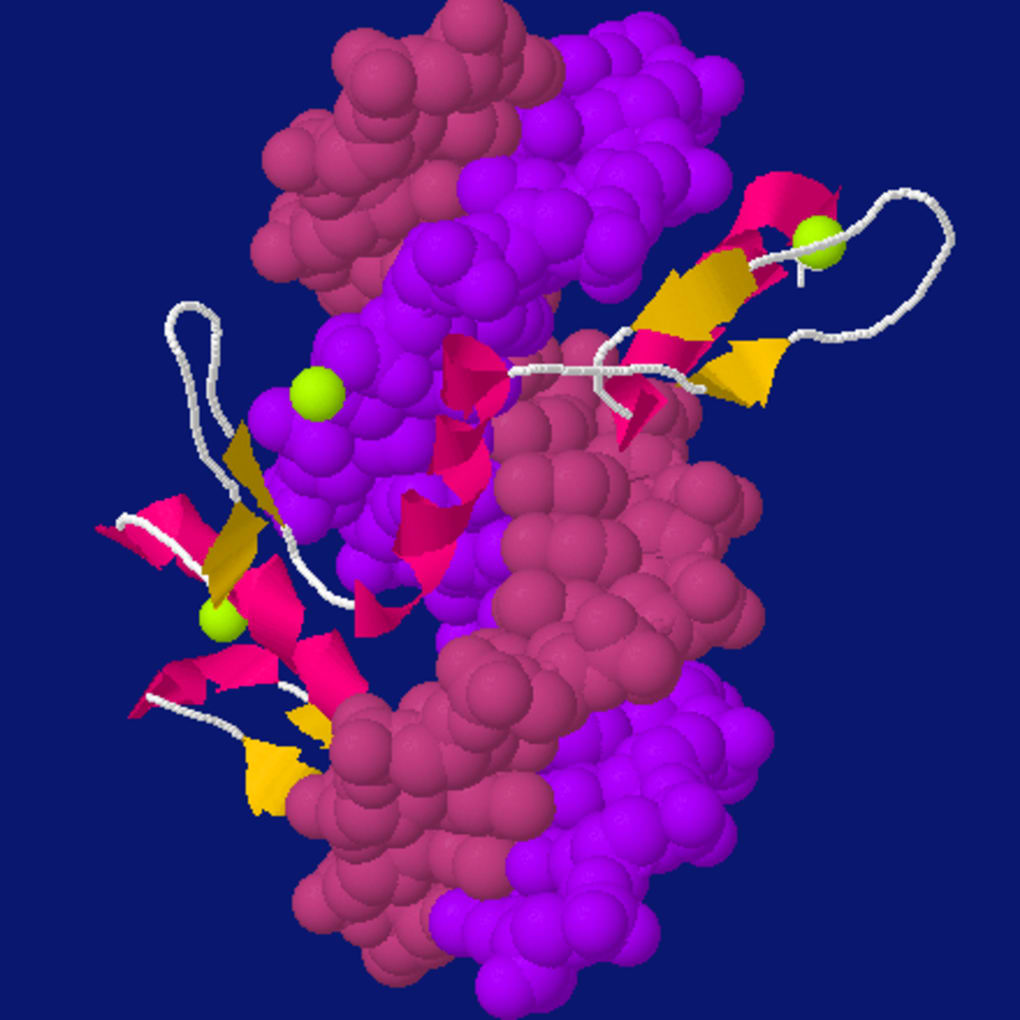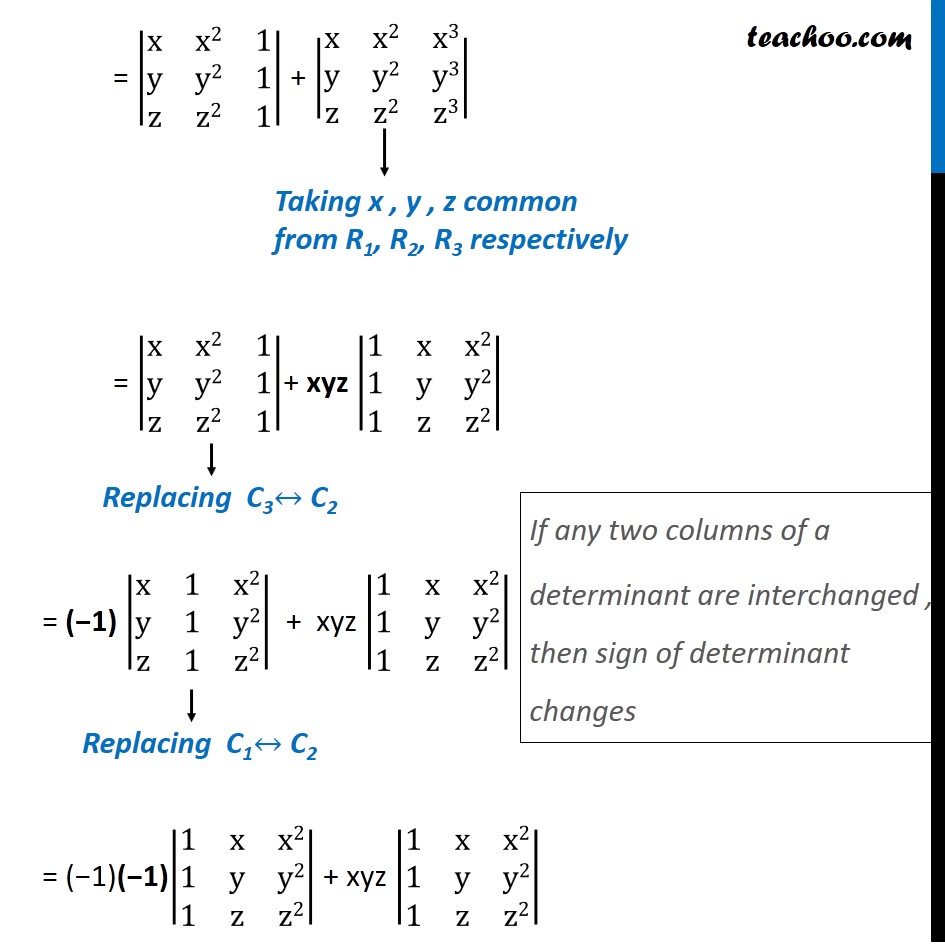
(See discussion of explicit and implicit H earlier in this module for more information.) You will note that, as a default, Hack-a-Mol includes explicit H in the MOL files it generates. Now, take a look at the MOL file in the text window. (For details on how where this data comes from, see “2D to 3D” and “3D to structure data” sections in “How it Works.”) That should render a 3D structure in the window to the right and generate a MOL file in the text window below.

Clear the 2D sketch window using the white box button at the top, second from the left, and then draw benzoic acid. MOL/SDF XYZ PDB CIF Modify the data and press ENTER to see changes above. In this particular table we have included the hydrogens explicitly, but they could have been ommited. The connection table defines the molecules connectivity, and when coupled with 3D coordinates, gives its geometric shape. We also see that atom two is involved with two additional bonds, one to atom 1 and the other to atom 3, and both of those atoms are carbon. From the bond block we see that atom 4 is attached to atom 2 (carbon) and it is a double bond. We can also see that the oxygen is atom 4. Note the atom numbers in the atom block are implicit starting with 1 and going down to 10. Open a new browser window, load Hack-a-Mol, search for Acetone, but use Pubchem instead of NCI.

#JMOL XYZ EXAMPLE SOFTWARE#
There will be some overlap with these software programs and next section on chemical resolvers, which allow you to convert between file types. In this section we will give a brief of the different types of structural data files and a survey of software programs and web services that can be used to display and manipulate structural data files, with a focus on open source options. That atom table may also indicate the 3d coordinates associated with a specific environment, and if that information is missing software agents will use an energy minimization calculation to determine 3D structure of an isolated atom. Information about individual atoms like isotopic definitions are associated with the atom table. So when you look at the different types of structural data files you will see they all have an atom table and a bond table. In effect the InChI line notation sort of models them, in that the main layer is the simplified connection table and the other layers are the additional information, except that in a structural data files hydrogen can be implicit or explicit (in the InChI they are explicit). In principle you could say that there are two major components any structural data file, the simplified connection table and additional information. Structural data files are the files software agents typically use when processing chemical structural information, but can also contain additional information like molecular spectra.


 0 kommentar(er)
0 kommentar(er)
